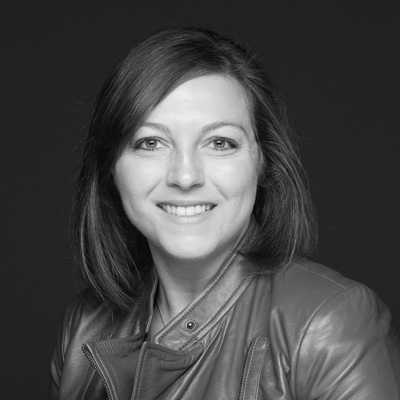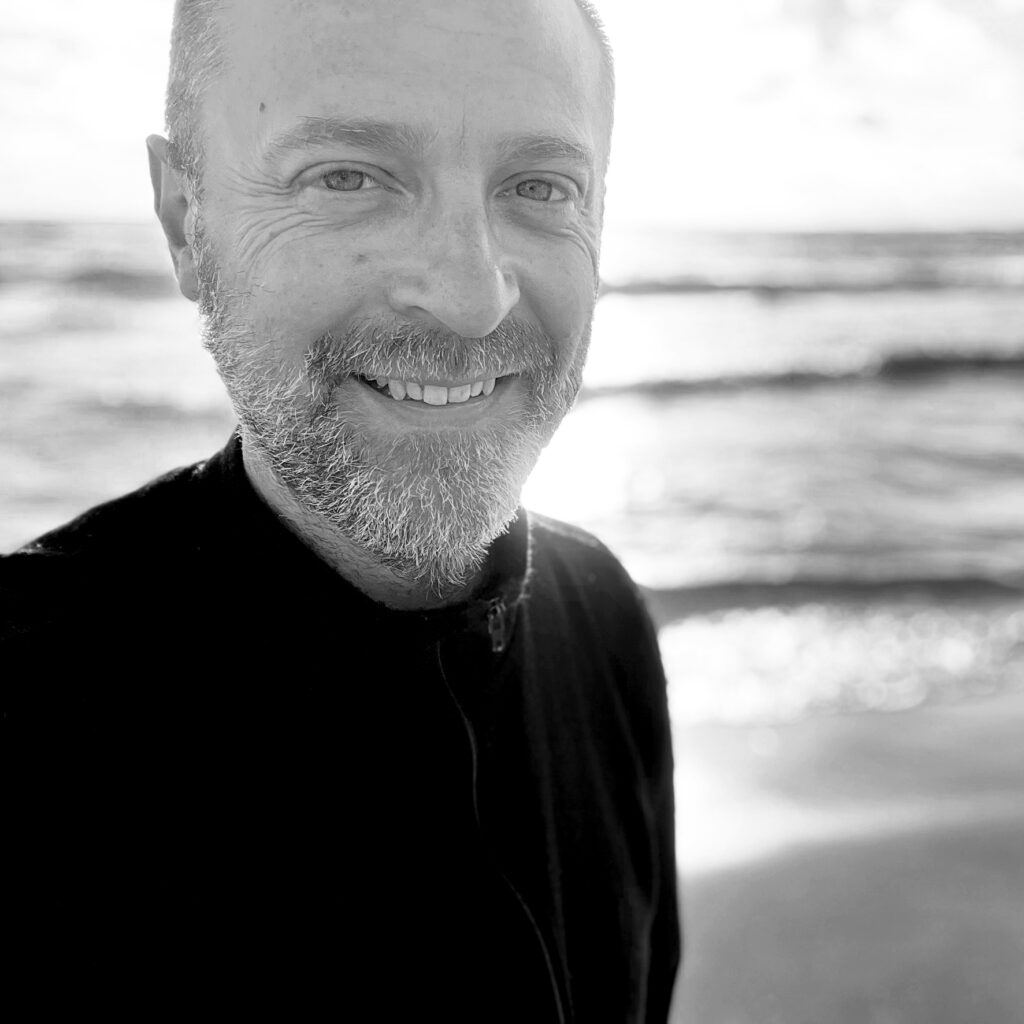DOAWG
Digital Object Authenticity Working Group
The Digital Object Authenticity Working Group (DOAWG) is an independent, non-profit working group established by inter disciplinary professionals within the GLAM community (Galleries, Libraries Archives and Museums), included hardware- software vendors specific for this community.
As trust and authenticity increasingly becomes a concern for all kinds of digital media content, we have been working toward a solution for addressing the problem of authenticating cultural heritage images. The Digital Object Authenticity Working Group (DOAWG) goal is to establish a method for displaying descriptive and technical process metadata for digital surrogates representing archival objects in an easily accessible and understandable way.
The GLAM community is missing established methods for easily displaying metadata that represents information about the creation of the digital object, as well as verification methods for ensuring that the digital object is true to the original. Our plan to address these gaps is to use the International Press Telecommunication Council (IPTC) Photo Metadata Standard in conjunction with the ISO 19264-1 standard and content authentication tools developed by the Coalition for Content Provenance and Authenticity (C2PA). By publishing this metadata and verification within the widely-used IIIF framework, we believe that institutions can more easily share their collections ethically and securely, and end users can reliably access complete and accurate information.
Please give feedback on the document by accessing the link below. It´s intension is to provide a primer on potential uses for content authenticity tools in the heritage digitization field.
Please help us with your answer by accessing the link below. Information about privacy notice is found in the header of the survey, thank you for your contribution. This survey is intended to gather data on the state of imaging quality metadata in cultural heritage imaging programs.
We are seeking to expand this working group to include other voices in the heritage digitization field. We are specifically seeking individuals knowledgeable in information architecture and systems.
Please contact us if you are interested in joining the voluntary work ahead. We host regular online working meetings.
Founding members:

Doug Peterson
Doug Peterson is an imaging specialist with over twenty years dedicated to advancing preservation technology in cultural heritage. Working with museums, libraries, and archives, he develops imaging solutions that support the preservation of our collective visual history, with a focus on making digitization more accessible to resource-constrained institutions.
His research encompasses multispectral imaging, color profiling, and image quality validation workflows, with projects ranging from art authentication to visual metrology for scientific research. Peterson is currently exploring the ethical application of AI in heritage digitization alongside organizations like the National Geographic Society.
A committed educator, his DT Digitization Certification series has trained thousands of heritage professionals. Doug sits on TC42 of the International Standard Organization developing ISO 19264.

Julie McVey
Julie McVey (she/her) is the Director of Digital Archives for the National Geographic Society’s Special Collections team. She joined the Society in 2018 to lead a digital preservation archive initiative and has worked with colleagues to establish in-house digitization workflows, standardized metadata practices, and digital object discovery processes.
She currently oversees the digital preservation program and leads technological innovation and responsible use efforts for Special Collections, with a focus on AI, provenance, and authenticity.
She contributes expertise in DAMS management, metadata standards, and collections accessibility and outreach. Julie serves as a board member on the Digital Cultural Heritage DC professional networking group and is interested in connecting cultural heritage professionals across disciplines to further collaboration and creative problem-solving, particularly in the areas of AI, content authenticity, collaborative stewardship of cultural heritage collections, and digital public history initiatives. She holds a Master of Arts in History and a Master of Library and Information Science, both from the University of Maryland, College Park.

Ottar A.B. Anderson
Head of Photography at SEDAK, the GLAM imaging service of Møre og Romsdal County in Norway, hosted by the Intermunicipal archive of Møre og Romsdal (IKAMR). Anderson oversees the planning, production, metadata enhancement and quality control within the service.
In additional Anderson has successfully overseen several national research and developing project with the support from the National Archives of Norway and Norwegian University of Science and Technology (NTNU).
Technical photography background from the Royal Norwegian Air Force and over 15 years of experience as a commercial photographer. As a Kodak Q-lab photo lab technician, Anderson achieved hands-on extended understanding of the photographic film- and print processes. Expert member of the joint working group 26 in the ISO committee 42 – “Imaging system capability qualification for archival recording and approval”.